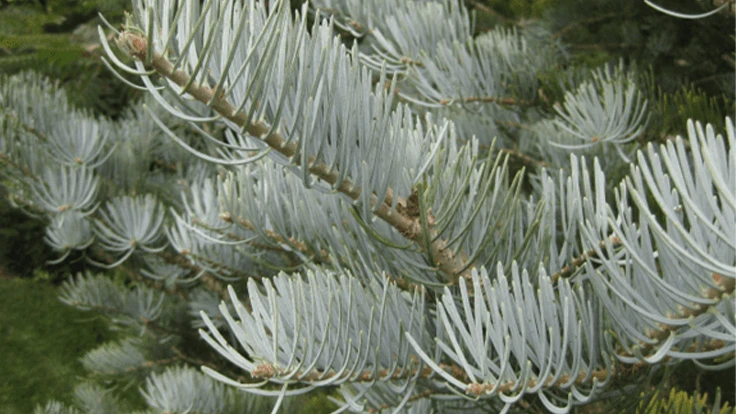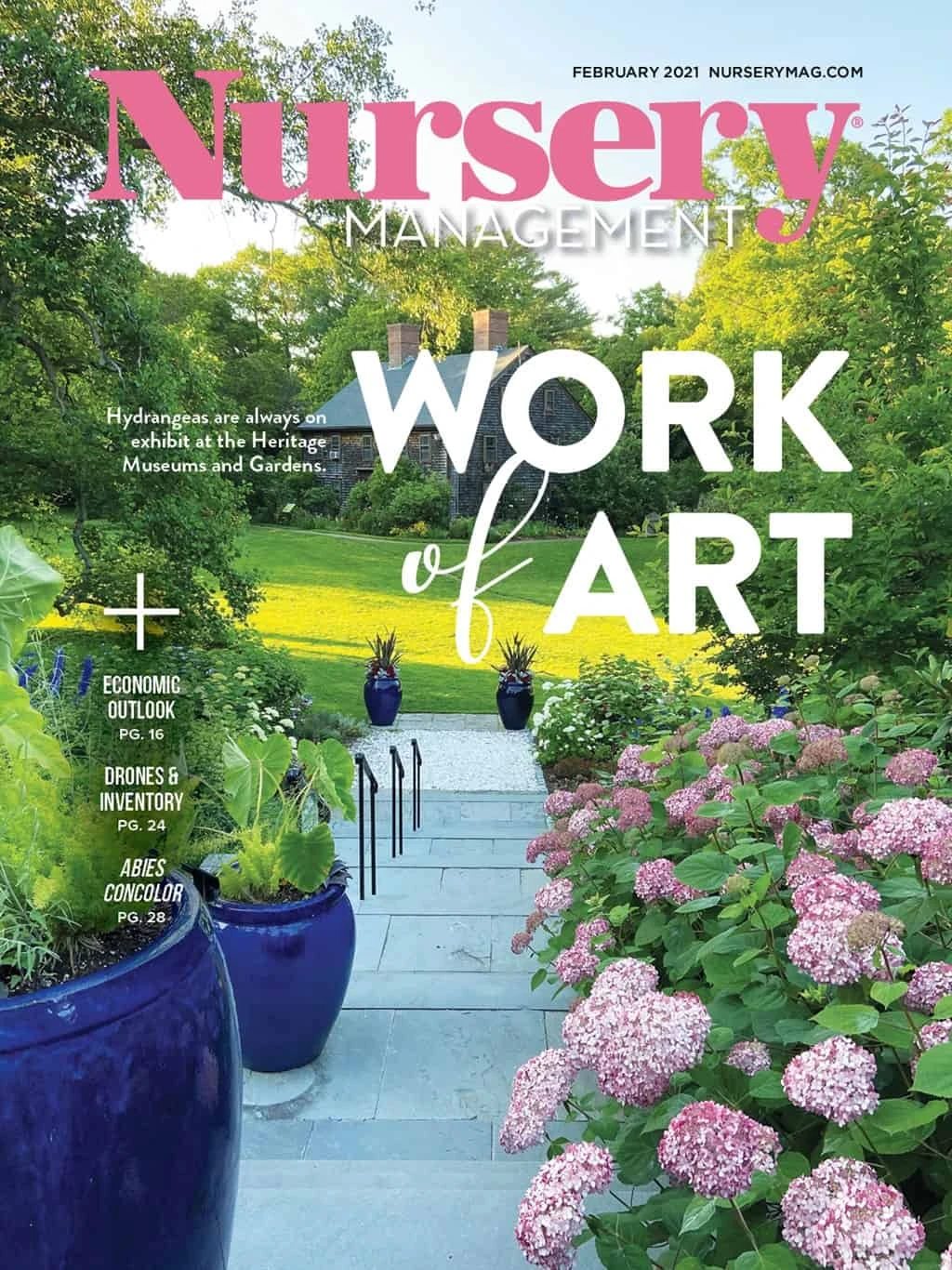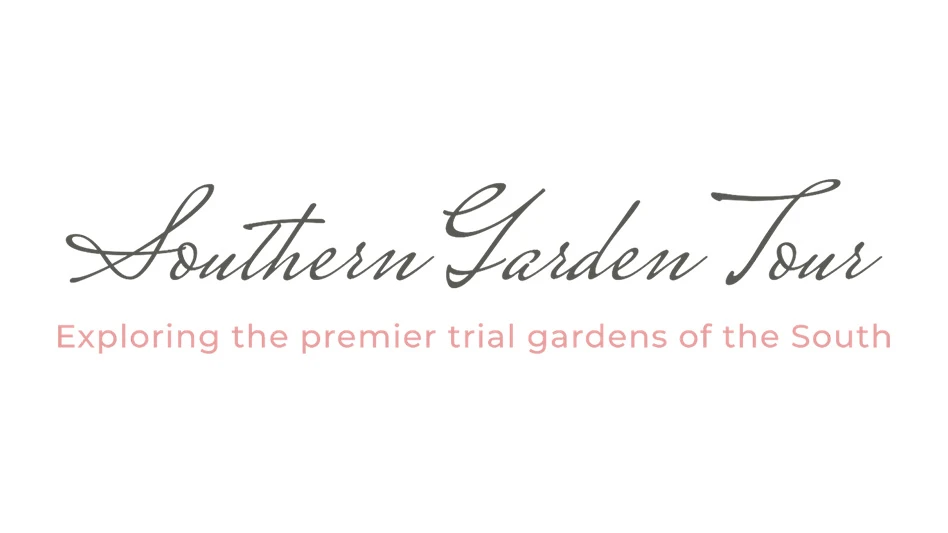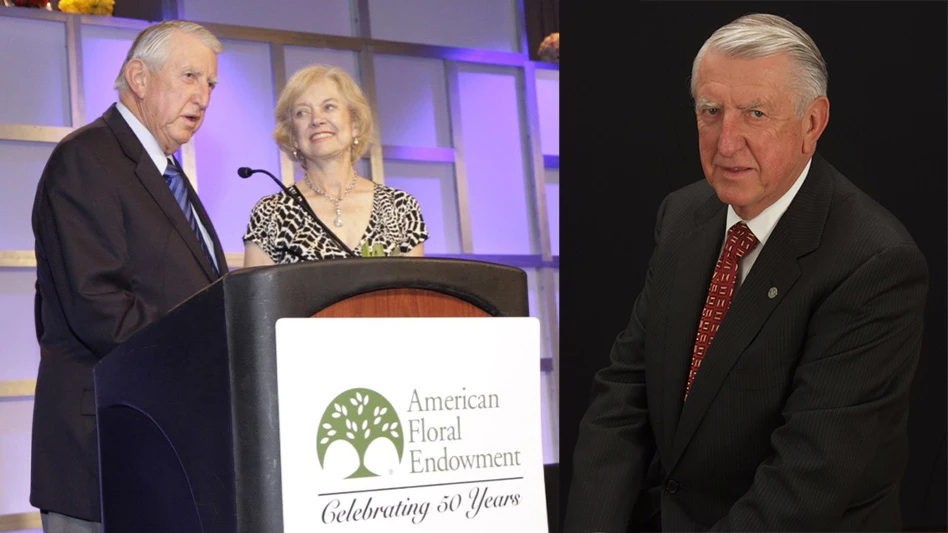
_fmt.png)
John Muir, one of America's most famous and influential naturalists and conservationists, once called white fir (Abies concolor) “a charmingly symmetrical tree” and went on to state "the noble grandeur of the species is patent to every eye." Those that know this conifer undoubtedly appreciate the inherent beauty of the large, silvery blue needles that give such a lasting impression in the garden 365 days per year. Primarily native to mountain slopes (3,000-9,000 feet in elevation) in the Western United States, this fir has broad adaptability in other regions of the country if given proper siting and consideration. White fir is considered one of the best firs for the Midwest and has increasing use as a substitute for the Colorado blue spruce (Picea pungens) which has been frequently overplanted and suffers from an array of ailments. While the species, subspecies and some selections of white fir will attain significant heights in time, there is an exciting array of more compact and restrained varieties that lend their toughness and ornamental qualities to the smaller-scaled landscape or tight spot in the garden.
Prior to promoting some of these exciting selections, it’s important to talk about this species and how it best will thrive in the landscape. As the most drought tolerant of the firs, it is important to make sure that you have good drainage in your potential planting location. White firs do best in deep, rich, moist and well-drained soils and prefer a slightly acidic situation if possible (although slightly alkaline is acceptable). Abies concolor, while adaptable to gravelly soils, will not thrive in heavy clay soils and excessively wet sites, and areas that might be prone to early frost (“frost pockets”) should be avoided as this fir breaks bud early and can suffer some damage from early frosts.
Tolerating not only drought, white firs can also handle the heat and cold. White firs have relatively few insect and disease problems and are rarely browsed by deer. Hardy from Zones 4-7, this species prefers locations with long winters and cool summers and shouldn’t be used where lengthy heat and humidity are factors. Positioning white firs in full sun is ideal although they will tolerate partial shade. The best blue coloration on the needles will occur in full sun locations although is also related to the specific variety. The soft, flattened needles (1½ to 2½ inches long) emerge light green in spring and attain their summer coloration in short order. Both sides of the needles are the same color, hence the specific epithet of “concolor.” The needles are spiral on the shoot but are upswept across the top of the shoot in flat ranks. Crushed needles emit a lemony scent. Although most selections are consistently a decent blue in summer, the two larger selections of white fir, ‘Candicans’ and ‘Blue Cloak’, are thought to be among the bluest of conifers although their ultimate mature size removes them from the primary focus of this article. Cones are rare on white firs and tend to appear with age.

While the growth rate for white fir is slow, the straight species and some selections will ultimately reach an average height over 40 feet with a width of 15-20 feet in the landscape. This classic, conical form is very symmetrical with the top half of the branches appearing slightly upswept and the bottom half of the tree featuring downswept branches. As with any larger conifer that gains significant size, having the proper location is vital. Our landscapes are all filled with errors of judgment in terms of plant placement with little foresight into the maturing sizes of these woody plants. With so much ornamental value to Abies concolor and various selections, evaluating reduced-size selections makes sense and allows for a broader applicability in smaller landscapes, rock gardens and areas that simply don’t have the space for a larger form. As mentioned earlier however, if you do have space for medium to large versions of white fir, consider the straight species, ‘Candicans’ or ‘Blue Cloak’ for superior blue coloration.
If a narrow form of white fir is needed as an exclamation point in the landscape or to anchor a tight spot, the selection ‘Conica’ is excellent. Slow growing and narrowly conical, this dense and strongly fastigiate variety has shorter branches (and needles) but offers the same contribution of powder blue every day of the year. This selection will maintain a central leader and light shearing on new growth in late spring can be accomplished as needed to maintain a desired size. If a shorter, upright form is of interest, consider the selection ‘Archer’s Dwarf’. This 1982 introduction is quite uniform and symmetrical with similar features to ‘Conica’ but on a reduced scale. While very slow growing, the intensity of blue on the needles of this selection is admirable. While still narrow but with a weeping form as well, the selection ‘Gable’s Weeping’ adds significant interest, texture and character with irregularly weeping branches with no two specimens looking identical.
_fmt.png)
While not a comprehensive assemblage of dwarf cultivars of Abies concolor, there are some excellent selections available although an aggressive search may be required. The slow growth rate coupled with “patience in propagation” will undoubtedly expand the offerings of these compact selections in future years. Incidentally, from a Midwest perspective, there are excellent conifer collections to include many of these varieties at Hidden Lake Gardens (Tipton, Michigan), the Dawes Arboretum (Newark, Ohio), the Bickelhaupt Arboretum (Clinton, Iowa), the Chicago Botanic Garden and Dubuque Arboretum & Botanical Gardens (Iowa) to name just a few.
With my 21 years at Rotary Botanical Gardens, I saw many developments at this 20-acre botanical garden in Janesville, Wisconsin. This also included the addition of a dwarf and miniature conifer collection in 2005. The most asked about plant in that collection has been the ‘La Veta’ compact white fir. Positioned adjacent to the golden foliage of a ‘Princeton Gold’ Norway maple (Acer platanoides), the crisp blue of the needles really pops. The location of this specimen along a path encourages visitors to reach out and enjoy the physical texture of this slow-growing specimen which features a very nice, layered effect. I’ve seen older specimens of ‘La Veta’ that go from being globose (rounded) to becoming a bit more upright in time once they reach about 48 inches tall. The variety ‘Compacta’ was first introduced in 1923 and is the classic favorite for an irregular mound of powder blue in the border or rock garden. Judicious pruning can be applied at any time as needed and this variety is one of the more commonly available in the nursery industry. In the “very blue” category of compact white firs, you can’t go wrong with ‘Wattezii Prostrata’ which has very large needles in a blue cast similar to the taller forms of ‘Candicans’ and ‘Blue Cloak’ mentioned earlier. I first saw this selection at the home of plant breeder Hans Hansen in southwest Michigan and it caught my eye from 100 feet away. With the bright orange of butterfly weed (Asclepias tuberosa) in close proximity, this blue and orange combination really worked well. This selection is purported to get about 2 feet tall and 6 feet wide, but it will likely continue to slowly gain additional size over time.
_fmt.png)
Some other fun selections to look for include ‘Hosta la Vista’ which is a recent selection found at Hidden Lake Gardens that features a globose to “flattened globose” form and leans towards a blue-green hue. The selection ‘Rochester Park’ is described by the American Conifer Society (ACS) as “a slow growing, upright, tree form of white fir with dense, tidy symmetrical branching, and chartreuse-green spring growth that contrasts nicely with the older gray-blue foliage.” I’ve not seen larger forms of this, but it can be found in commerce. The selection ‘Tubby’ is another blue-green form that is globose when young and becomes broadly conical with age. Tight and uniform branching is a characteristic trademark of this form. For a different look in winter, consider the selection ‘Wintergold’ which shows a bright golden-yellow needle in the cooler winter months. This slow-growing, irregular upright selection features chartreuse spring growth that ages to a dark green in summer with the butter yellow needle transition beginning again in late fall. This selection benefits from a bit of afternoon shade.
With so many opportunities to incorporate compact and unique selections of Abies concolor in the landscape, it’s important to balance their specific needs for a “happy location” with the merits of their color and form. There are limitless opportunities for these plants in beds, borders, foundation planting schemes, rock gardens and much more as their value as “all season” contributors, coupled with their durability, makes them ideal for a wide spectrum of uses. Sourcing these selections can be challenging but consider contacting local nurseries, specialty conifer nurseries and reputable online sources for specific varieties.

Mark Dwyer was the Director of Horticulture at Rotary Botanical Gardens in Janesville, Wisconsin, for 21 years. He has degrees in landscape architecture and urban forestry and now operates a private consulting practice, Landscape Prescriptions by MD. www.landscapeprescriptionsmd.com

Explore the February 2021 Issue
Check out more from this issue and find your next story to read.
Latest from Nursery Management
- How to create a sustainable plant nursery
- Grant awarded to test western U.S. wood species for use as wood fiber potting substrate
- Pennsylvania Horticultural Society announces 2025 Gold Medal Plant winners
- Leading Women of Horticulture: Angela Labrum, Bailey Nurseries
- The HC Companies, Classic Home & Garden merge as Growscape
- Terra Nova releases new echinacea variety, 'Fringe Festival'
- Eason Horticultural Resources will now officially be known as EHR
- BioWorks receives EPA approval for new biological insecticide for thrips, aphids, whiteflies





